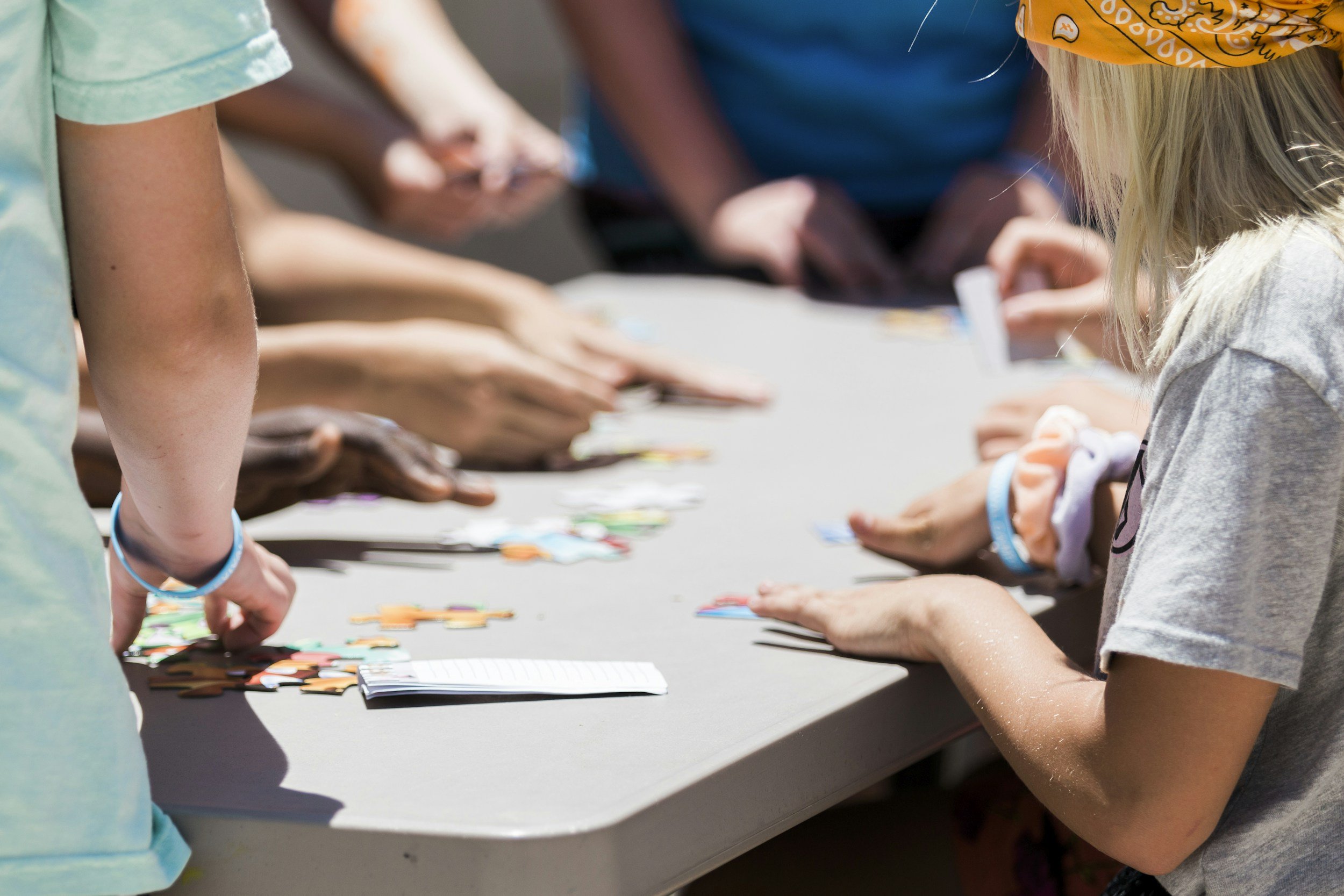The Rise of Micro-Schools: A New Era in Private Education
If you’ve been anywhere near education circles lately (or even just a Facebook group for slightly overwhelmed parents), you’ve probably heard the buzz: micro-schools are having a moment.
Gone are the days when private education meant uniforms, marble foyers, and tuition that required a second mortgage. These days, the hottest new trend in schooling looks more like this:
A handful of students
A flexible, customized curriculum
A teacher wearing sneakers
And sometimes…someone’s living room
Welcome to the micro-school movement, part education revolution, part Pinterest-worthy learning pod, and part “Wait, is this school or a startup?”
Let’s break down what micro-schools actually are, why they’re suddenly everywhere, and whether this is the future of private education (spoiler: it kind of is).
Wait, What Is a Micro-School?
Imagine if a one-room schoolhouse and a modern-day startup had a baby. That’s a micro-school.
They’re small (usually fewer than 15 students), often mixed-age, and led by one or two educators who wear all the hats, from math teacher to morning circle facilitator to snack-time DJ.
Micro-schools can be:
Teacher-led, like a classroom that broke off and went rogue
Parent-run, with a hired educator or rotating teaching duties
Network-based, through platforms like Acton Academy, Prenda, or KaiPod
The idea? Ditch the bureaucracy, focus on the learner, and get back to what education’s supposed to be.
Why Is Everyone Suddenly Obsessed With Micro-Schools?
Let’s just say…2020 changed people.
During the pandemic, parents got a front-row seat to their child’s education and collectively said, “Wait…THIS is what school looks like?”
Cue:
The rise of learning pods
More families choosing homeschooling or hybrid models
Teachers burned out by traditional school systems thinking, “What if I just start my OWN school?”
Micro-schools exploded because they solve a lot of the problems families and educators face:
Personalized Learning Actually Happens
Unlike traditional schools where teachers juggle 25+ students and a pacing guide sent from Mount District Office, micro-schools give kids the chance to:
Move at their own pace
Dive deep into interests
Actually ask questions without waiting 30 minutes for a turn
It’s differentiated instruction, but for real.
Flexibility is the New Gold Standard
Start at 9AM? Sure. Take learning outside for the day? Why not. Pause the lesson to build a working volcano? Absolutely.
Micro-schools are all about doing what works for the students, not just what fits into a spreadsheet.
Teachers Are Happier (And Still Have a Life)
In many micro-school models, teachers:
Get to design their own curriculum
Build deeper relationships with students
Avoid the dreaded daily 47-email chain from admin
Plus, there’s significantly less hallway duty and significantly more professional freedom.
But Is This Just Fancy Homeschooling?
Not exactly.
Micro-schools fall somewhere between homeschooling and private school, they often operate independently, but with more structure and social interaction than solo homeschoolers typically get.
Think:
A certified teacher running a class out of a community center
A group of families pooling resources to hire an educator
A small school operating with a hybrid or alternative philosophy (Montessori, project-based learning, etc.)
It’s private education reimagined for real life.
The Pros and Cons (Because No Model is Perfect)
PROS:
✔️ Personalized, student-centered learning
✔️ Small class sizes with tons of attention
✔️ Flexibility in schedule and curriculum
✔️ Strong relationships between teacher, student, and family
✔️ Less bureaucracy, more innovation
CONS:
❌ Tuition can still be a barrier (though often less than traditional private schools)
❌ Fewer extracurriculars unless families organize them
❌ Not always accreditation, something to research carefully
❌ Depends heavily on the quality of the eeducator
❌ No cafeteria pizza (okay, that might be a pro, depending on how you feel about square pizza)
So…Is This the Future of Private Education
Honestly? It might be.
As more families look for alternatives that meet their kids’ needs without the high cost and red tape of traditional private schools, micro-schools are filling that gap.
They’re modern, flexible, and build around humans instead of systems. They value connection over compliance, growth over grades, and curiosity over content coverage.
Plus, they allow educators to teach the way they’ve always dreamed of without waiting for district approval in triplicate.
Final Thoughts: Small Might Just Be the New Smart
Micro-schools aren’t a passing trend, they’re a response to a system that isn’t working for everyone.
Whether you’re a parent looking for something more personal, a teacher craving autonomy, or an administrator wondering how to compete, it’s time to take micro-schools seriously.
Because in a world where education often feels too big, too fast, and too standardized, these little schools are proving that small can be mighty.
And honestly?
They just might be what education needed all along.


